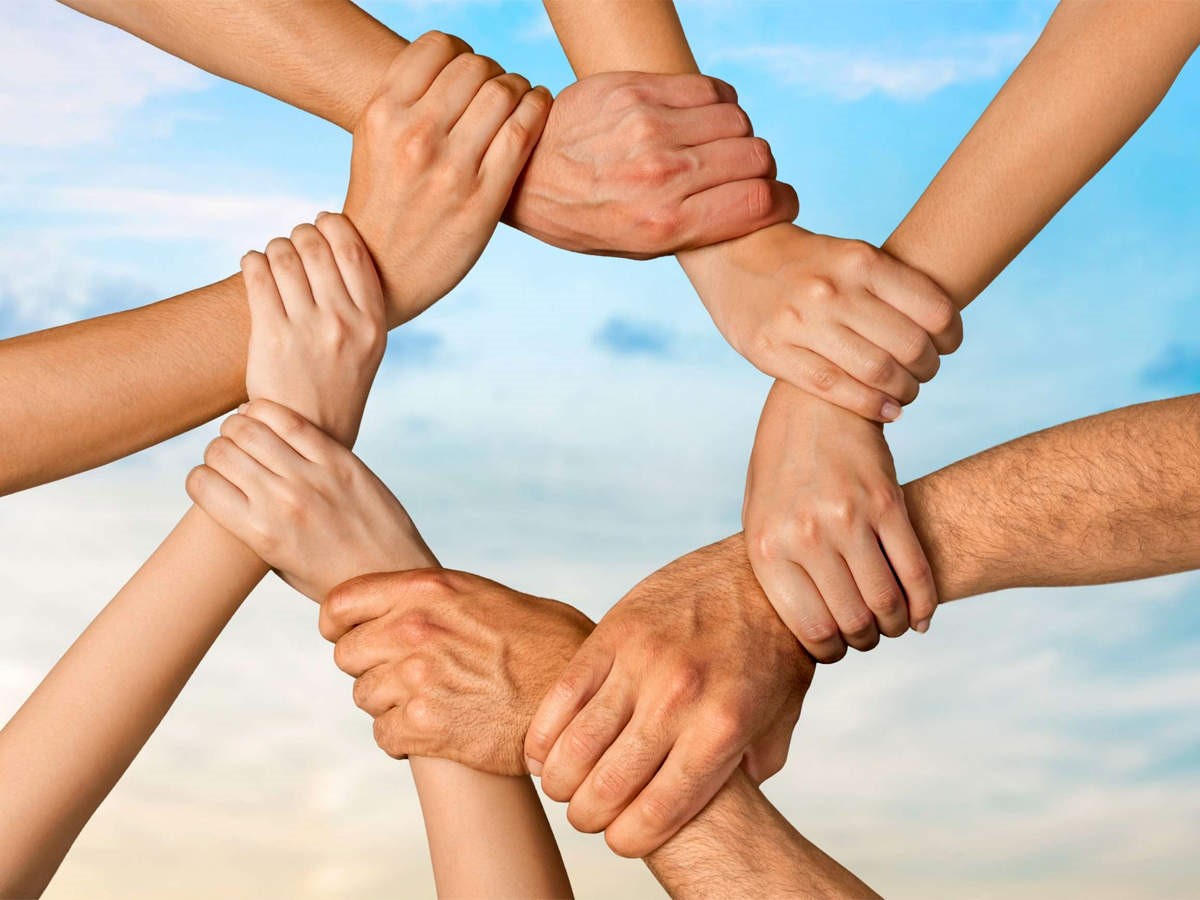Unity in Diversity
Figure 1: No Copyright Infringement Intended
Context:
- Recently, Union Minister commented that Oneness is the biggest strength of Indian culture and it was this aspect that made it capable for us to become a ‘vishwa guru’ or world teacher.
Types of Diversity in India:
- Linguistic diversity:Languages spoken in India belong to several language families, the major ones being the Indo-Aryan languages spoken by 75% of Indians and the Dravidian languages spoken by 20% of Indians.
- Racial diversity:1931 census classified India’s racial diversity in the following groups- The Negrito, The Proto-Australoid, The Mongoloid, The Mediterranean, The Western Brachycephals and the Nordic.
- Caste diversity:India is a country of castes. The term caste has been used to refer to both varna as well as jati. Varna is the four-fold division of society according to functional differentiation.
- Cultural Diversity: Different religion, castes, regions follow their own tradition and culture. Thus, there is variation in art, architecture, dance forms, theatre forms, music etc.
Threats to Unity:
- Communalism: the rising majoritarian tendencies such as call for a ‘Hindu rashtra’, cow vigilantism, love jihad claims against inter-religion marriages threaten the secular fabric of Indian society
- Regionalism: the demands of new states and even secession based on language (gorkhaland, Dravidnaad), religion (khalistan), ethnicity (nagalim) continue to mar the unity and integrity of nation
- Linguism: perceived threats to the local language and recent attempts the Fife Hindu on non-willing sections have in the past led to movements like Dravidian movement and can be seen in recent times as well such as Gokhaland and Bodoland movements
- Casteism: caste oppression had continued for long time with scant attempts to challenge it until recently. With the opportunities provided by increasing literacy rate and economic reforms and excessive politicisation, caste identities are becoming more pronounced than before. While some use it to challenge the oppression they have faced (Bhima-koregaon), others use it to claim benefits of reservation (Jat, Patidar, Maratha)
- Racism: discrimination against people of North-east, people of south in northern states and vice versa threatens a whole section of the society, dissipating discrimination into division
- Separatist movements: The ongoing separatist movements in J&K and North-East along with Naxalism have for long and continue to pose significant risks to India’s unity.
Source of Unity:
- Institution of pilgrimage : The Golden Temple in Amritsar, the dargah of Khwaja Moinuddin Chisti in Ajmer, the Sabarimala Temple in Kerala and the Church of Mother Velankanni in Tamil Nadu is visited by people of all faiths.
- Democracy : The value of democracy among Indians was instilled during the freedom struggle.
- Economic and Social Opportunities: Urban centres across the country like New Delhi, Gurugram, Mumbai, Hyderabad, Bengaluru and Chennai amongst others provide upward mobility for a large number of people.
- Government services : The All India Services, Central Services and the Armed Forces enable people from across the nation to work in different parts of the country. They work to further the national interests of the country.
- Sports and Cinema : It is a well-known fact that Sports unites everyone. When sportspersons don the Indian jersey, they play for India and are cheered by all Indians, not only in India but also abroad.
- Value system: Mahatma Gandhi supported non-violence with all his heart. In all of the marches and protests there were people of many different races and cultures and dialects. This has created an alloy where the qualities of each element remain distinct yet at the same time strengthen the qualities of the other thereby making a durable product.




1.png)
